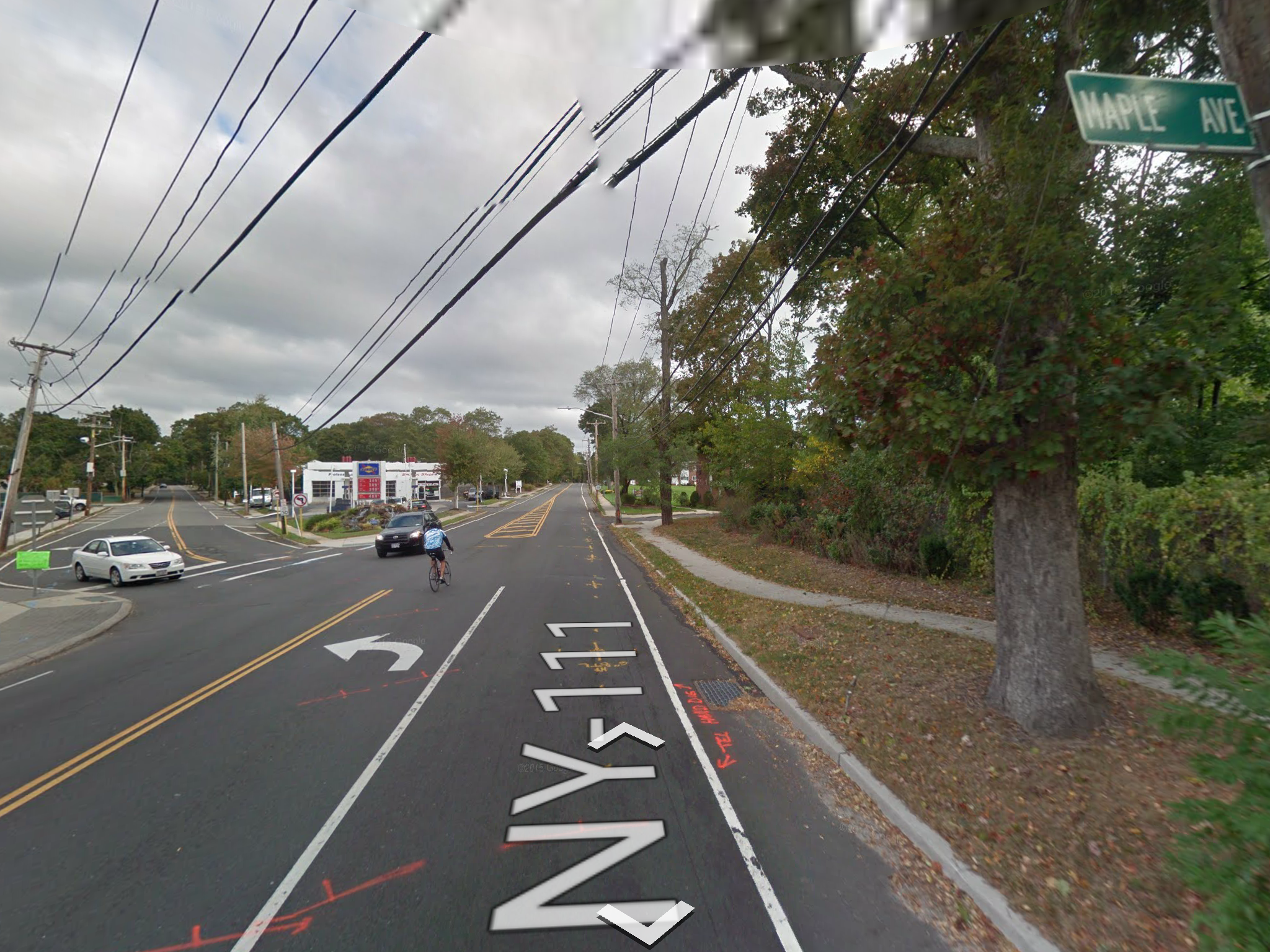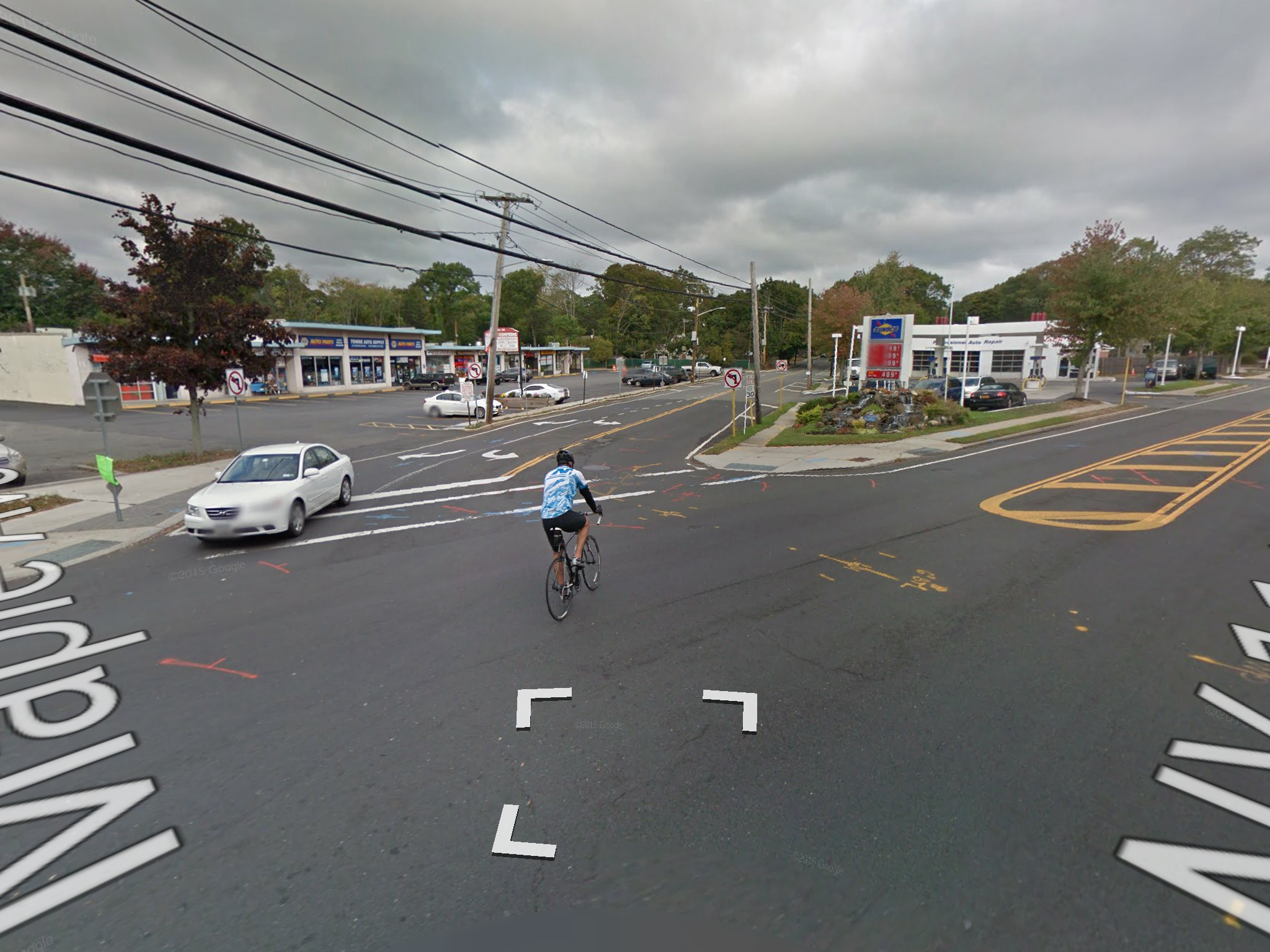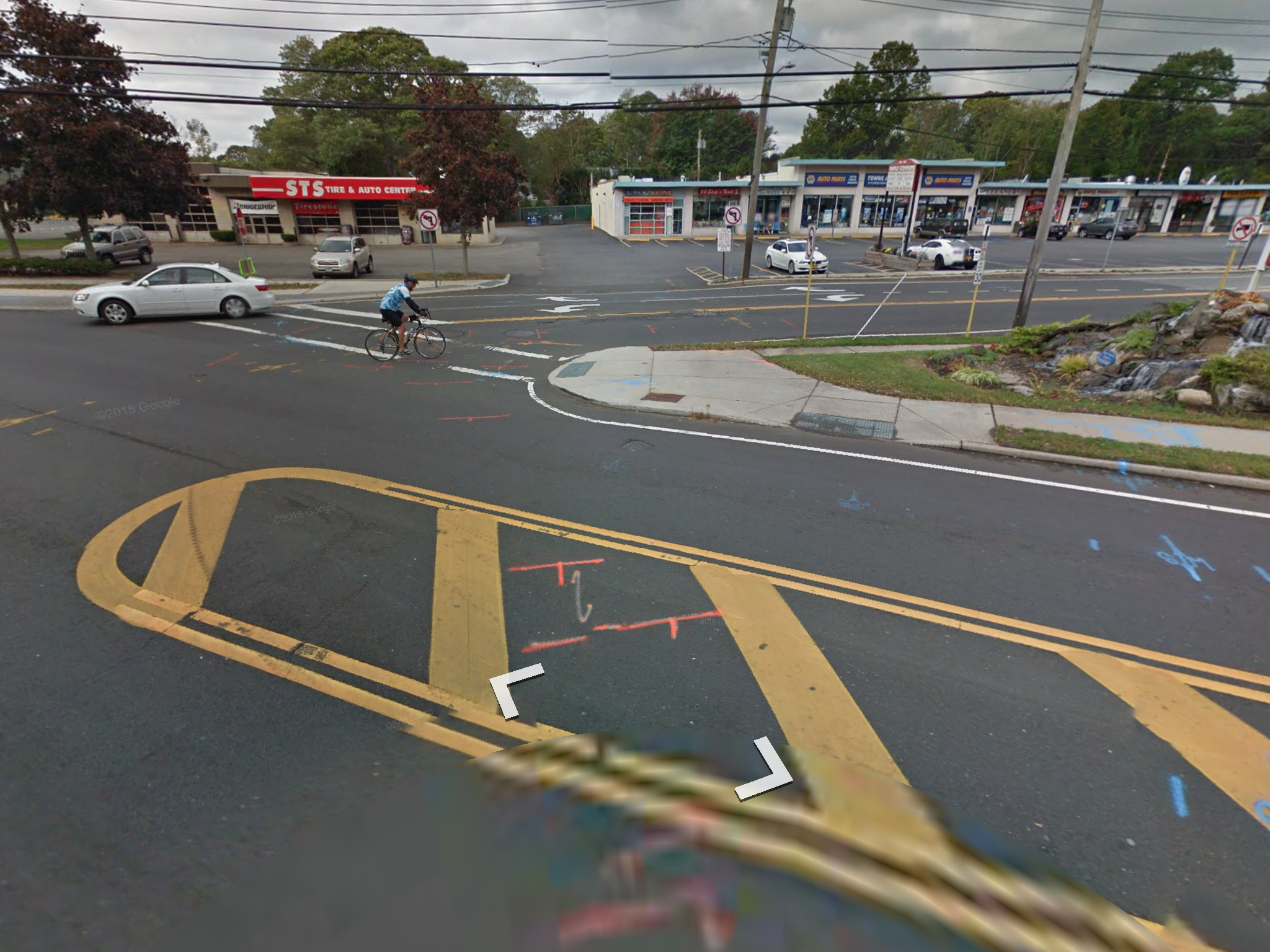Enjoy the Journey
(Below is an essay I wrote for People for Bike's story campaign on why we bike.)
So, I've come to share the story of my shaggy-dog love-affair with cycling.
I live on Long Island. I moved here when I got hired at Hofstra University in 1998. While I love my job, my friends and the life I have built here; with Levittown, Robert Moses and strip malls, Long Island is, by most accounts, the birthplace of the American "car culture," and it shows.
I've always enjoyed cycling for leisure and the occasional commutes. I fancy myself an environmentalist and so I have always done so, when convenient. In other areas of the country, I took it for granted that the car was optional, except for very long rides, and I didn't dwell on it.
In Long Island ... not so much.
After moving to Long Island in 1998, I quickly discovered that one can spend a lot of time in traffic, looking for parking and being angry with other motorists. The more time I spent in traffic, then more irritable I became. Furthermore, the difficulty and danger inherent in trying to get around without a car deeply offended the environmentalist in me. Thus began the slow evolution of my commitment to alternative forms of transportation.
My attempt to commute without a car started very shortly after I moved to Long Island. Not understanding the train system here, when I was looking for a place to live I noticed that there was a train station in Hempstead, where Hofstra is, and there is a train station in Port Jefferson, close to where I found a beautiful and affordable log cabin to rent.
Once I moved in, however, I realized that you really "can't get there from here!" At least, you can't get to Hempstead from Port Jefferson by train without heading west to Jamaica and waiting another forty minutes for an eastbound train to Hempstead. All trains are meant to get people to and from NYC, not from place to place within the island. Hempstead and Port Jeffereson were on two different train lines.
I tried driving briefly, but it was with rush hour in both directions and it seemed like no matter how early in the morning I left, I couldn't completely avoid it. Also, I couldn't help but notice how angry I got with other drivers and it just felt wrong environmentally.
The closest train station to Hofstra on the Port Jefferson line was Mineola -- four miles away. There was a shuttle to Hofstra that met the Mineola train from NYC, but I was coming from the other direction and there was a very long wait for me to use that shuttle. The public bus system took you out of the way and required a change of bus and a wait (for only four miles) and bikes were not allowed on rush hour trains.
I found a solution: I used my rollerblades. I spent the next two years taking an hour and twenty minute train ride from Port Jefferson to Mineola, rollerblading 40 minutes to my job, and then reversing the commute on the way home. Even though I spent four hours a day commuting, it was four useful and enjoyable hours. On the train I could work, read, do puzzles, and engage in interesting conversations and the rollerblading was fun (even in bad weather I enjoyed the challenge). Most of the rollerblading commute was through a well-off area of Long Island, Garden City, which has nice smooth roads, and I was able to find a route that kept me off of any busy streets. (Newsday wrote a full page article on my commute. It is here.)
When I left my husband in 2001, I decided I needed to move much closer to my job. Divorces are expensive and I needed to save money and found a very inexpensive room for rent about five miles down Hempstead Tpk in Levittown. When I moved in I was thinking that five miles would be a great bike commute.
I tried biking a few times and found that I was not brave enough to do that commute regularly. (Hempstead Tpk has been consistently at the top or second to the top of the list of most dangerous roads in the tri-state area for pedestrians and there really weren't good alternative routes from my house to Hofstra. In fact, as used as I've gotten to biking around Long Island since then, I still would not want to bike on that part of Hempstead Tpk.)
When my land-lady sold her house half a year later, I found a place in Amityville and then a place in Massapequa. Both were sort-of far for cycling to work, but would have been doable if I was brave enough to keep at it. The commutes were not as dangerous as the one down Hempstead Tpk from Levittown, but they were still pretty rough and I was still not inured to that type of travel.
Both locations were reasonably close to the southern train line, as well. Unfortunately, though, the closest that line got to Hofstra was Merrick, also about 4 miles away. The roads between Merrick and Hofstra were not nearly as rollerblade friendly as those through Garden City. They weren’t even great for biking, but since I generally commuted during rush hour, I couldn't take my bike on the train, anyway. I had promised myself to invest in a folding bike, which would have been allowed on the train, but ended moving before it got to that.
During my stays in Levittown, Amityville and Massapequa, I started to get more and more used to the Long Island lifestyle of spending a lot of time in my car. Every now and then I'd recognize that and chide myself for it.
In 2005, when I got tenure, I decided that I am never going to drive to work again and I bought a house a mile from my job. It is a doable walk and a very quick bike ride in. Since then I've only driven in twice; although, in full disclosure, there have been a number of times when my (new) husband Bill picked me up or dropped me off.
In general, though, I almost never commute to work by car anymore and I love it.
The sense of freedom and satisfaction that I derived from stripping my reliance on the automobile from my ability to do my job has made me want to do less and less with a car. I found a yoga studio that I loved twelve miles away and started getting used to battling ugly Long Island roads biking to and from that studio (only occasionally, I usually drove -- and eventually a yoga studio I liked opened closer to me).
I also started venturing out on shopping trips with my bike, equipped with a milk crate on the back. The commercial districts on Long Island are the worst -- Hempstead Tpk, Old Country Rd, Sunrise Hwy -- all of them show up regularly on the tri-state area's most dangerous roads to pedestrians and it is no surprise to anyone who has been on them. There is nothing that will build your biking callouses like trying to maneuver those streets!
I also started taking longer and longer rides just to see what I could do; to push my boundaries on Long Island.
This past summer I biked the 110 mile route to Montauk that Google maps traced from my house twice and the 90 mile route to Orient Point once as part of a multi-day bike trip I took to Boston. I also did a number of slightly smaller, but still long biking trips around Long Island.
I've gotten used to recreational day trips which are much further than my commute would have been from Massapequa or Amityville -- rides to Massapequa to then travel the 20 miles up and down the Bethpage Park trails and then back home, or rides to Wantagh to then travel the 18ish miles to and from Lido beach, and the ride back home.
Although I'm proud of the distance I've gotten used to biking, I don't think it is the distance that would have held me back from those trips in the past. The biggest thing I had to overcome for those trips is the fear of automobiles; the fear of ending up on roads that are really unfriendly to cyclists.
All of those long trips included at least some time on such roads. It is absolutely unavoidable if you are biking any distance on Long Island at all.
The more I push my biking, the more used to those dangers I get and the less they influence me.
In truth, though, I'm not completely convinced that that fear is something I should have overcome (and my husband Bill, who always glues himself to his cell phone, tracking my where-a-bouts emphatically, when I'm on one of those trips, agrees).
That fear might be an example of a "justified fear"; as in, death by automobile crash is a very real danger as a cyclist, especially on Long Island.
(Of course, one could argue that every time we get on the road, even in an automobile, we should have that fear, because automobiles are incredibly dangerous to each other, as well. But the fear is definitely more poignant on a bicycle.)
Those trips were absolutely worth my while, however. I feel stronger, healthier, more excited about my surroundings and more inspired by life because of those trips. I feel a sense of freedom and community with nature when I am cycling long distance.
It also makes me notice the great irony of the automobile: although the automobile allows us to travel great distances and for that reason gives us more freedom, there is a way in which our lives have been compartmentalized and even controlled by it. In some very real way, the automobile has taken away the freedom of adventure and exploration. It makes life without an automobile that much more dangerous; not in an exciting and adventurous way, but in an incredibly real and mundane way.
Cycling gives me the freedom to travel long distances, without the devil's bargain of the automobile.
It may take me longer to get to Boston on bike and ferry than it would in a car, but I can do it and it is a lot more fun and rewarding. Life isn't a destination, it is a journey. I want to enjoy that journey and I plan to do so, despite the automobile.






